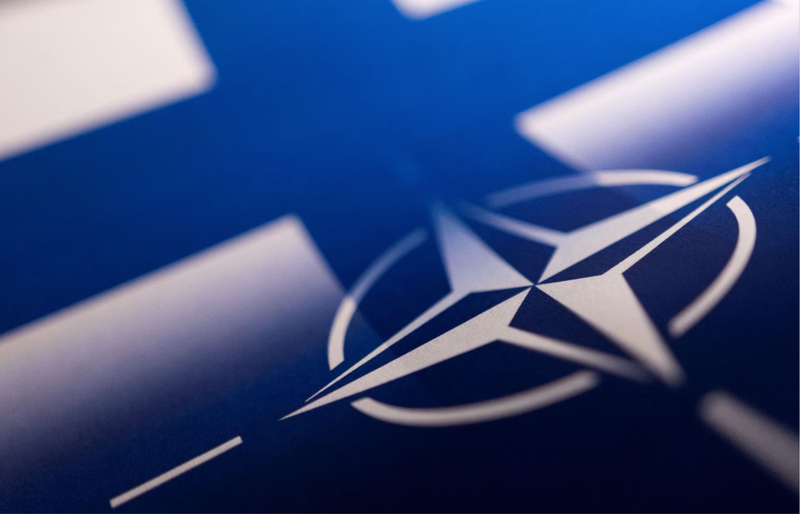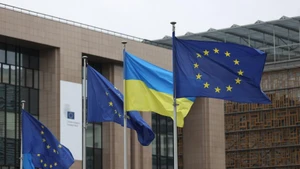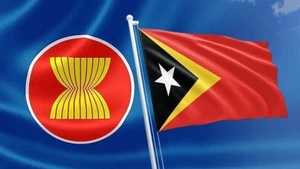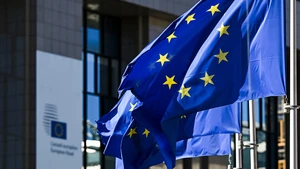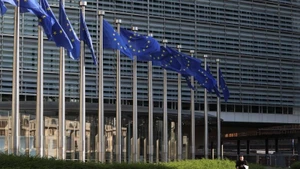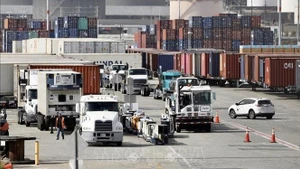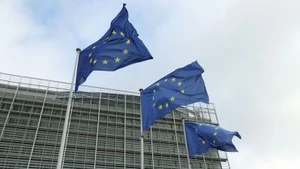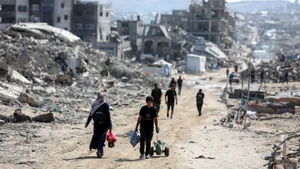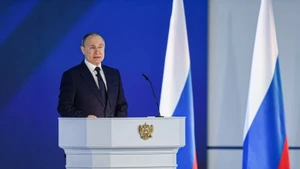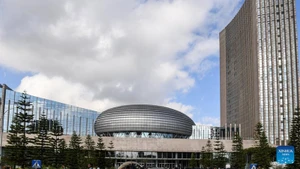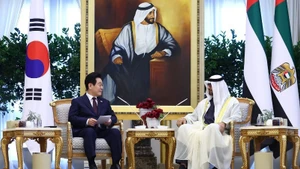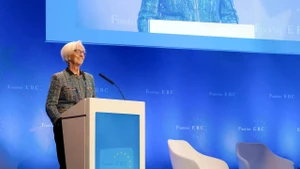Finland and Sweden reversed their decade-long policy of military non-alignment and decided to apply to join NATO in 2022. The applications of the two Nordic countries were approved at the NATO Summit in June 2022.
To officially become a member of NATO, the application of Finland and Sweden must be ratified by all 30 member countries of the alliance. After overcoming the final hurdle of ratification by Turkey, Finland officially joined NATO. The process of admitting Finland to NATO was completed, while Turkey and Hungary have not yet supported Sweden’s joining the alliance.
Before joining NATO, Finland was a strong partner, sharing NATO values. Finland has a modern military, with equipment compatible with NATO systems. In early 2022, the Nordic country completed the purchase of 64 F-35 fighter jets from the American company Lockheed Martin.
Finland also meets NATO’s goal of military spending, equivalent to 2% of annual GDP. NATO hopes that Finland’s official membership will help strengthen the alliance, as well as contribute to European security. Adding Finland to the “NATO family”, the military alliance can enforce a policy of increasing its military presence in the Nordic region.
Finland’s accession to the common roof takes place in the context that NATO is implementing many important decisions, including a new strategy, made at the NATO Summit in June 2022. NATO’s new strategic concept identifies the key threats and challenges to regional security and outlines how to address them.
In addition, NATO decided to increase its forces to a state of high alert to more than 300,000 troops. The introduction of the new strategic concept marks the transition to adapt to the new geopolitical context. This is an important document, defining the values and goals of the military alliance, and guiding the priority tasks related to security and addressing the challenges facing NATO.
The strategic concept of NATO is considered a guideline for the defence policy of each member country. In the 2010 strategic concept, NATO defined “open arms” with Russia, considering Moscow a “strategic partner”, while the bloc’s hypothetical enemy was terrorism.
However, Russia’s special military operation in Ukraine changed everything. In addition to keeping unchanged the goal of counterterrorism, NATO wants a new defence and deterrence strategy that takes into account hybrid and cyber threats.
While NATO moves forward with its plans to expand and strengthen its forces, Russia also has moved to increase security. Moscow said that if forces and resources of other NATO members are deployed in Finland, Russia will take additional steps to reliably ensure Russia’s military security.
Russian Deputy Foreign Minister Alexander Grushko announced that Russia will strengthen its forces in the west and northwest. This is not the first time Russia has announced that it will redefine its military if Finland joins NATO. Last year, Russian Defence Minister Sergei Shoigu said that Russia was taking adequate countermeasures and would form 12 units and divisions in its western military district. Everything will depend on how the NATO expansion goes.
NATO Secretary General Jens Stoltenberg said, that the military bloc is entering a new era of strategic competition, with completely new challenges. According to the head of NATO, the admission of more members makes NATO safer, and stronger and the Euro-Atlantic region more stable.
However, NATO still faces many problems, including internal divisions related to the bloc’s expansion, support for Ukraine, or its stance on Russia and defence spending commitments, that many members have yet to meet the bloc’s requirements.
